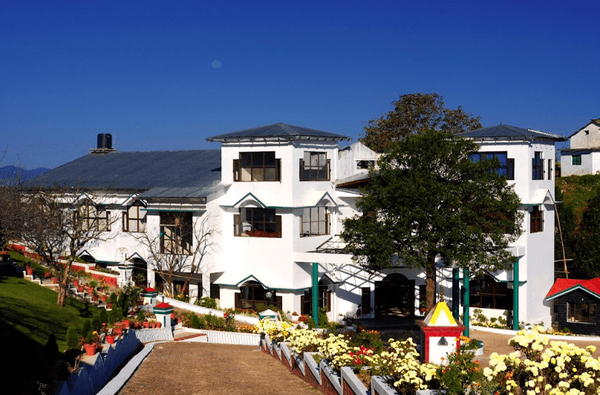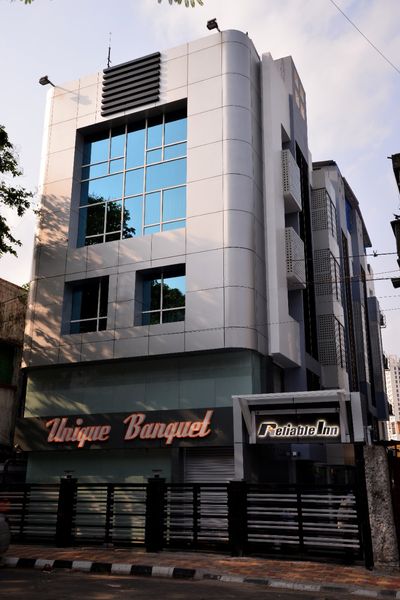Kudremukh Trek: Discover the Untamed Beauty of Chikmagalur
 Rohit Sen
13 Nov, 2024
11 mins read
718
Rohit Sen
13 Nov, 2024
11 mins read
718

Nestled in the heart of the Western Ghats, Kudremukh Peak stands as one of Karnataka’s most iconic and picturesque trekking destinations. Known for its distinctive shape that resembles a horse’s face (which gives it its name, “Kudremukh” in Kannada), this trek in Chikmagalur offers a unique blend of rich biodiversity, sweeping grasslands, and dense tropical forests. As you traverse through this breathtaking landscape, you’ll encounter abundant flora, varied wildlife, and awe-inspiring views, making Kudremukh a must-visit for nature enthusiasts and seasoned trekkers alike.
In this guide, we’ll cover essential details about the Kudremukh Trek, from its location and difficulty level to trail highlights and travel tips. This comprehensive guide aims to help trekkers discover the raw beauty of Kudremukh Trek while ensuring they are well-prepared for an unforgettable adventure.
About Kudremukh National Park
Kudremukh National Park, where the trek is located, is one of the largest protected forest areas in Karnataka, covering over 600 square kilometers. It is part of the UNESCO-recognized Western Ghats, one of the eight “hottest hotspots” of biodiversity in the world. Rich with lush vegetation, sprawling grasslands, and a plethora of wildlife, the national park is home to leopards, lion-tailed macaques, Malabar giant squirrels, and diverse bird species. The Kudremukh region is celebrated not only for its scenic trails but also for its efforts in conservation and sustainable tourism.
Trek Overview
- Altitude: Approximately 1,894 meters (6,214 feet) above sea level
- Trek Difficulty: Moderate
- Best Time to Visit: October to February, when the climate is cool and the region’s natural beauty is at its peak
- Trail Length: Approximately 20 kilometers (round trip)
- Starting Point: Mullodi Village, accessible by a 6-kilometer jeep ride from the nearest town, Kalasa
The trek usually takes around 8 to 10 hours to complete (round trip), with ample time for rest and to absorb the surrounding beauty.
Trail Highlights and Scenic Attractions
1. Dense Tropical Forests and Wildlife Encounters:
The trail begins with a journey through dense forests, where sunlight filters through the towering trees, creating a serene and almost mystical ambiance. Kudremukh’s forests are known for their biodiversity, so keep an eye out for unique bird species, and, if you’re lucky, you might even catch a glimpse of wildlife. Do remember that Kudremukh is a protected area, so visitors are encouraged to respect the environment and minimize disturbance to the habitat.
2. Rolling Meadows and Grasslands:
As you ascend, the trail opens up to vast meadows and rolling grasslands that stretch as far as the eye can see. These meadows are particularly unique to the Kudremukh region, characterized by gentle slopes covered with a thick carpet of grass that sways in the breeze. This part of the trek is relatively easy to navigate and offers a break from the forested sections, providing trekkers with a chance to pause, relax, and soak in the scenery.
3. Viewpoints and the Kudremukh Peak:
The final stretch toward the peak is a steady climb with increasingly rewarding views. The panorama from the summit is one of the most memorable experiences, with the lush Western Ghats extending in all directions. On a clear day, you can see the undulating hills of the Ghats and the countless valleys below, each cloaked in a vibrant green that turns misty and mystical during the monsoon months. The view from the top is both humbling and exhilarating, giving trekkers a profound sense of accomplishment.
4. Streams and Waterfalls Along the Route:
Throughout the trek, you’ll come across small streams and waterfalls, especially during or just after the monsoon season. These water sources are perfect for a quick refresh and add an enchanting element to the journey. The sight and sound of cascading water amid lush vegetation provide a soothing backdrop to the more challenging sections of the hike.
Essential Information for Trekkers
Permits and Regulations:
The Kudremukh trek falls within a protected national park, so trekkers are required to obtain permits, typically issued at the Kudremukh National Park office in Kalasa or through authorized trekking groups. The fees contribute to the park’s maintenance and conservation efforts. It’s advisable to carry a photo ID for registration purposes and to adhere strictly to the park’s guidelines, which prohibit littering and encourage responsible trekking practices.
What to Pack:
When embarking on the Kudremukh trek, packing appropriately is key to a comfortable and safe journey. Essentials include:
- Hiking boots with good grip, as the trails can get slippery
- Rain gear and ponchos (especially from June to September)
- Sunscreen, hat, and sunglasses to protect against the sun
- Adequate water supply and light snacks like energy bars or fruits
- First-aid kit with basic medications
- Backpack with a rain cover, especially for electronics and valuables
- Waste bags to carry back any litter (leave no trace behind)
Travel Tips:
- Acclimatize: While Kudremukh is not as high as the Himalayan treks, it’s beneficial to be physically prepared. Light jogging, walking, or uphill exercises a few weeks before the trek will enhance your stamina.
- Travel in Groups: Solo treks are possible, but groups provide added safety, especially if you’re new to trekking.
- Hire a Guide: Local guides are knowledgeable about the area and can enhance your experience with insights about the flora and fauna.
- Stay Hydrated: The combination of altitude and exertion can lead to dehydration, so carry sufficient water, and drink frequently.
Best Time to Visit
The Kudremukh trek can be enjoyed almost year-round, but the period from October to February is generally considered ideal. During this season, temperatures are cooler, and the chances of rain are lower, making the trails more manageable. The monsoon months (June to September) transform the landscape into a lush, green paradise, but heavy rains can make the trails muddy and challenging to navigate. For those who enjoy misty, rain-drenched scenery and are prepared for a wet hike, monsoon trekking can be a thrilling experience.
Why Kudremukh Trek is Worth It
The Kudremukh Trek is more than just a physical challenge; it’s an immersive experience of one of India’s most cherished natural ecosystems. The hike is a journey through diverse landscapes, from dense forests to vast meadows, that highlight the beauty and ecological importance of the Western Ghats. As you navigate through these terrains, there’s a feeling of connecting with nature’s raw, unspoiled beauty, a reminder of why conservation is crucial. The trek offers not just breathtaking views but also a deeper appreciation for the environment, making it a truly enriching experience.
Conclusion
Kudremukh Trek is an ideal adventure for those looking to escape the hustle of daily life and reconnect with nature. With its moderate difficulty level, it caters to both seasoned trekkers and beginners, offering an excellent introduction to the Western Ghats’ natural splendor. From scenic landscapes to unique wildlife encounters, Kudremukh is a treasure trove of experiences waiting to be uncovered.
Whether you’re a solo trekker, a group adventurer, or someone seeking a peaceful retreat, Kudremukh welcomes you with open arms. Prepare, respect the environment, and embark on this journey to discover the untamed beauty of Chikmagalur’s Kudremukh region.
Written By:
Rohit Sen



Hotels at your convenience
Now choose your stay according to your preference. From finding a place for your dream destination or a mere weekend getaway to business accommodations or brief stay, we have got you covered. Explore hotels as per your mood.


